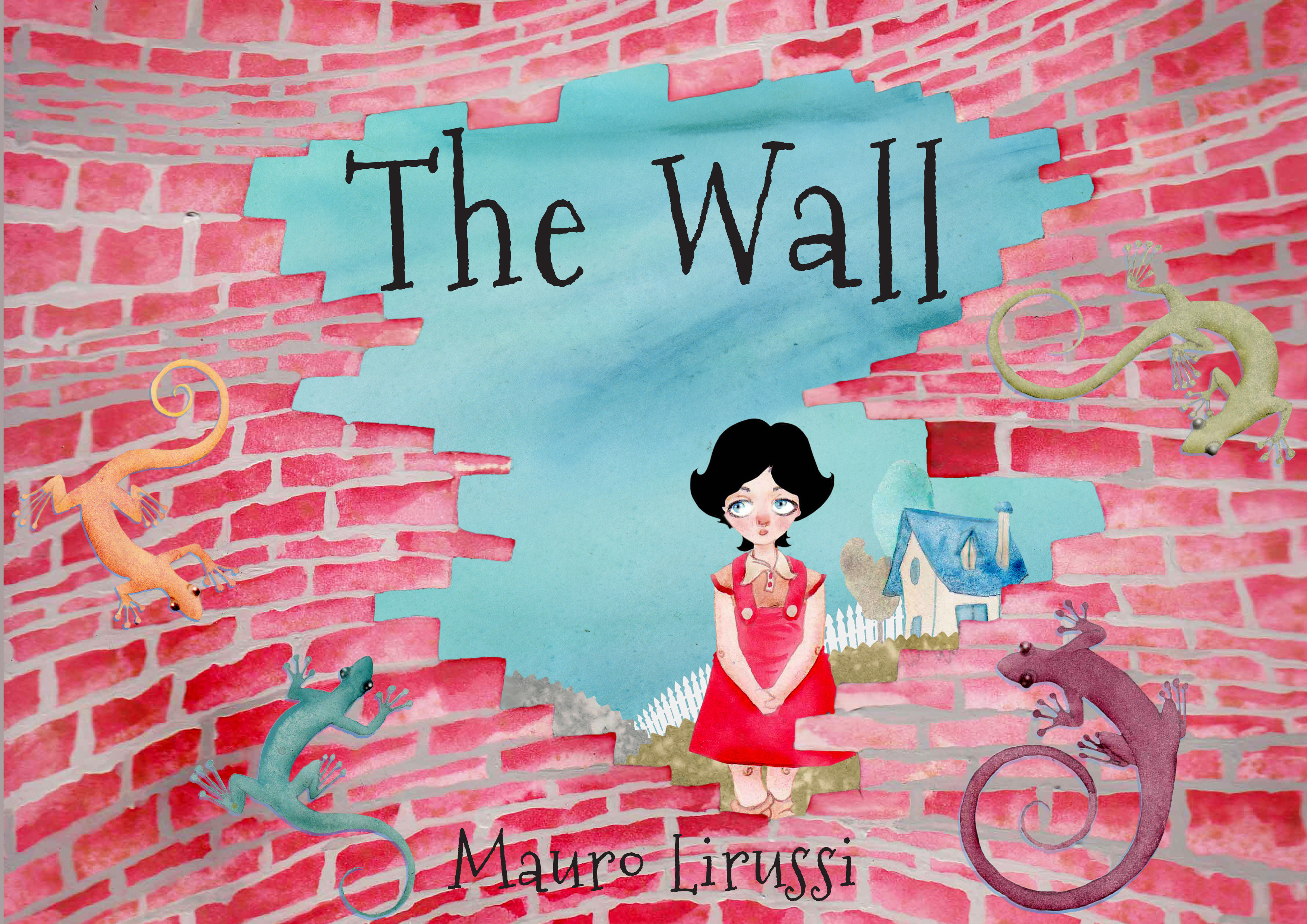Inspiring Young Readers
 posted on 24 Nov 2017
posted on 24 Nov 2017
The Wall by Mauro Lirussi
Trying to explain difficult stuff to children is something that many of us will have struggled with from time to time. Is there an easy way to talk about illness, violence, inequality, loss and death? This picture book by an Argentinian author illustrator takes an unusual approach by putting a child’s point of view at the centre.
When a little girl moves into her new house she starts to unpack and reflects on many happy memories that she associates with the old house. As she leafs through an old sketch book she fondly remembers a tree in the garden which had a nest of birds. On the facing page we get a closer look at the pale slightly crumpled drawing which shows her watching the bird flying towards the tree. Then she remembers that:
Suddenly, one day the nest wasn’t there anymore.
It had simply disappeared
The explanation from her dad that it had just flown away bothers her because she suspects that he isn’t quite telling her the truth and we see another drawing that seems to imply destruction of some kind. Putting these concerns aside, she decides that it is time to explore her new garden and is delighted to find ‘a thick mossy wall, where small lizards walk’ and behind this, another garden belonging to the neighbour. The next exuberant illustrations show her walking confidently against the background of a long pink wall followed by vividly blue butterflies and then into another exciting garden full of with little robots, mechanical flowers and fountains. In amongst the strange chaos sits an old man with a long white beard who seems to enjoy tinkering with all the objects in his garden. The wall separates them but they soon become friends and he eventually gives her a beautiful blue and gold metal bird as a present. Another disappointment comes when it breaks with no explanation and then there is an interlude when she is ill and can’t visit the garden anymore. When she recovers, the old man and everything in his unusual garden has vanished without trace and her parents don’t seem to be able to tell her anything about this although she suspects that ‘something bad had happened’.
This is the point where she decides to take control because adults are clearly not reliable sources of information. She finds out that many other children feel the same way and so together they create the League of Guardians which is charged with remembering people who might be conveniently forgotten by adults. The final pages show children taking this responsibility very seriously whether it be in schools, playgrounds, parks or anywhere else. The imaginative illustrations throughout the book show the adults as faceless shadowy figures whereas all the children are drawn with concerned, usually serious faces. The message seems to be that they are capable and compassionate and so should never be underestimated or patronised.
This is an unusual picture book that deserves to be read several times because there is some deep political content beneath the surface. On one level, it is a story about a little girl moving to a new house and finding out about how this changes her life. But more unusually, it is also about how children should be taken seriously by adults and not be fobbed off. It is also about how children notice things and recognise the importance of caring about people who are sometimes invisible because they are elderly or just inconvenient:
‘We will never again let anybody simply disappear behind a wall.’
It is a very powerful message in terms of content and could be a starting point for some interesting discussion. I recommend that you also take plenty of time to ponder on the rather beautiful illustrations because some of the double paged spreads are like a surreal theatrical scene whilst others are dreamlike and wistful.
Karen Argent
November 2017